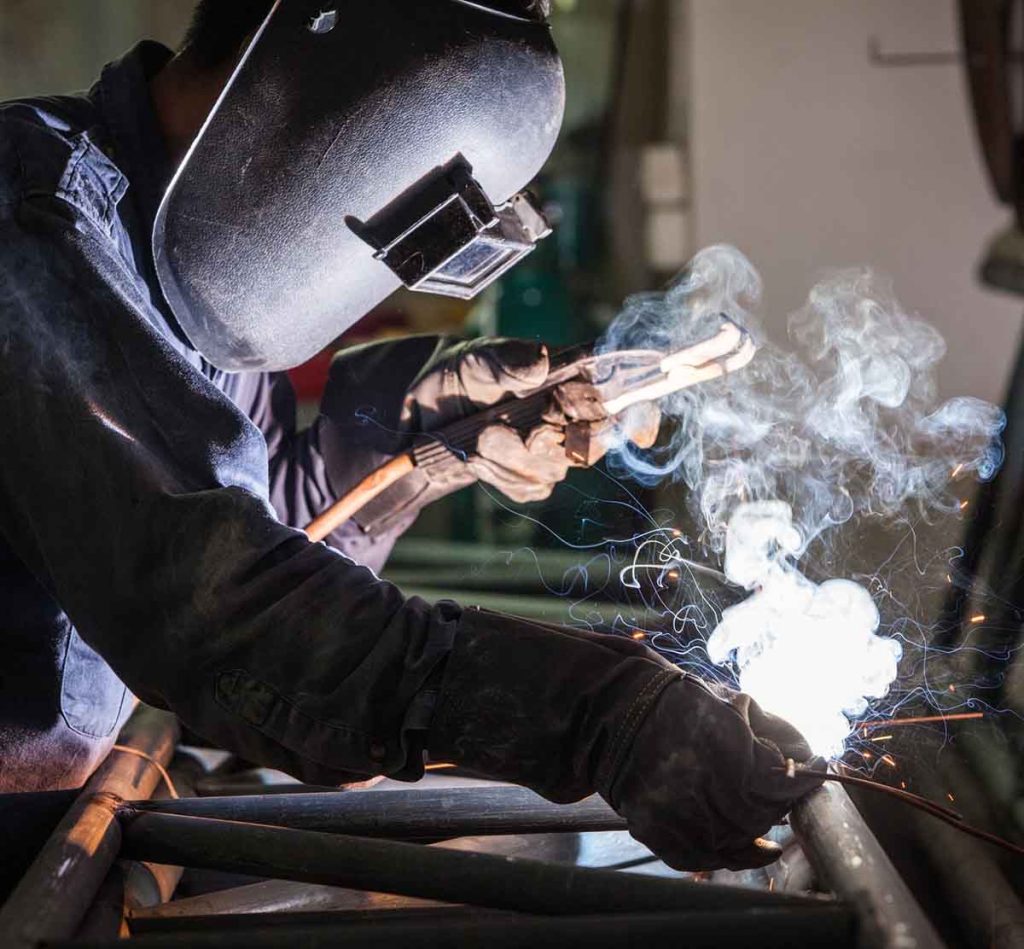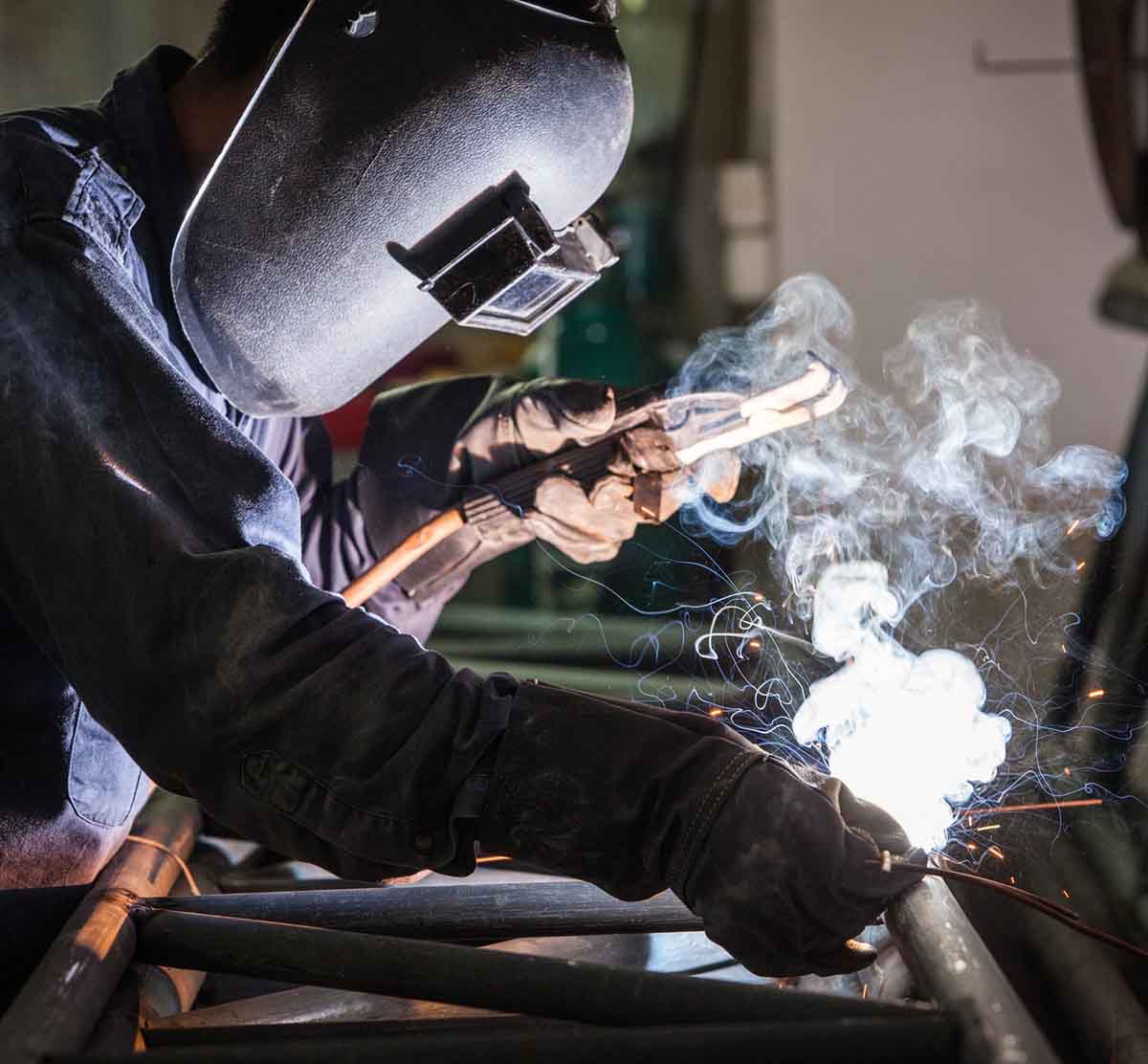Whatever your welding project, Pinnacle Metal Works & Contracting provides mobile welding services that are reliable and affordable.
Welding is the process of joining two or more metal parts together by melting and fusing them with heat. Several different welding techniques include TIG (Tungsten Inert Gas) and MIG (Metal Inert Gas) welding. Although they may seem similar, these two welding methods have distinct differences in their processes, applications, and results.
Contact Pinnacle Metal Works & Contracting today for a Free estimate.

What is TIG Welding?
TIG welding uses a tungsten electrode to produce the weld. The welder manually feeds a filler metal into the weld puddle as needed. TIG welding is known for its precision and clean results, making it a popular choice for welding thin metal parts and alloys, such as aluminum and stainless steel. This technique requires a high level of skill and experience, as it demands precise control over the heat and electrode position.
What is MIG Welding?
MIG welding, on the other hand, uses a wire feed to provide the filler metal. The wire is continuously fed through the welding gun and melts into the weld pool to fuse the metal parts together. MIG welding is easier to learn and can be used to weld various metals and thicknesses. It is commonly used in automotive and construction applications.
Understanding the Difference
One significant difference between TIG and MIG welding is the type of gas used to shield the weld. TIG welding uses argon or a mixture of argon and helium to protect the weld from oxidation and other contaminants. MIG welding, on the other hand, typically uses a mix of argon and carbon dioxide.
Another difference is the appearance of the weld. TIG welding produces a narrow and precise weld bead, while MIG welding produces a wider bead with more buildup. TIG welding also results in a cleaner weld with minimal spatter, whereas MIG welding produces more spatter.
Choosing the Right Welding Technique
TIG welding is a precision welding technique used for thin metals and alloys, while MIG welding is more versatile and commonly used in automotive and construction applications. Both methods have their strengths and weaknesses and require different levels of skill and experience to master. Choosing the appropriate technique for the project at hand is important to achieve the desired results.

